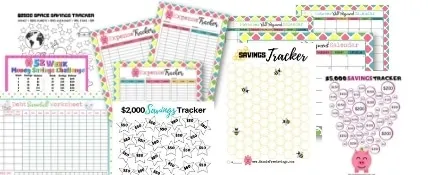*This post may have affiliate links, which means I may receive commissions if you choose to purchase through links I provide (at no extra cost to you). As an Amazon Associate I earn from qualifying purchases. Please read my disclaimer for additional details. Thank you for supporting the work I put into this site!
It’s a given that part of trade is payment payment. Unless the buyer gets a 100 percent discount; and it’s safe to say that’s a rarity.
Payment is a voluntary tender of money or the equivalent. It is done in exchange for goods and services, and it involves a payer and a payee. The payer (the buyer) makes the payment while the payee (the seller) receives it.
In all of this, the payee reserves the right to choose the method of payment acceptable to them.
Payment has evolved over time; from the days when livestock was used as a tender, to the days of barter, to our current age, things have changed greatly.
These days we have many payment options to choose from; we now have a range of physical payment methods as well as virtual payment methods at our disposal.
The central point of this article is to discuss some of the payment options we now have. We will talk about what they are, how they work, and much more.
Cash
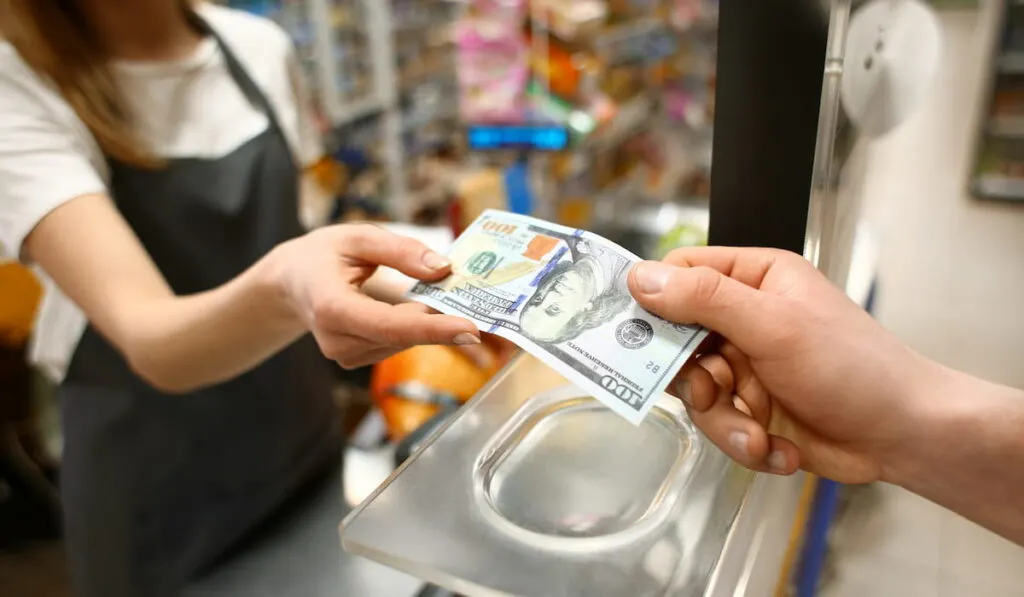
Cash is the physical form of currency. It is one of the oldest and most common methods of making payments.
This payment method is commonly used for physical goods or cash on delivery transactions. It is quick to use, and the payer and payee get what they want immediately.
How does the cash transaction work? When you want to make a purchase, the seller lets you know the cost of the good/service. Then you either hand the payee the exact amount of cash or a higher denomination.
The payee, in turn, gives you a receipt, and if you paid with a higher denomination, you get the difference back.
Credit Cards
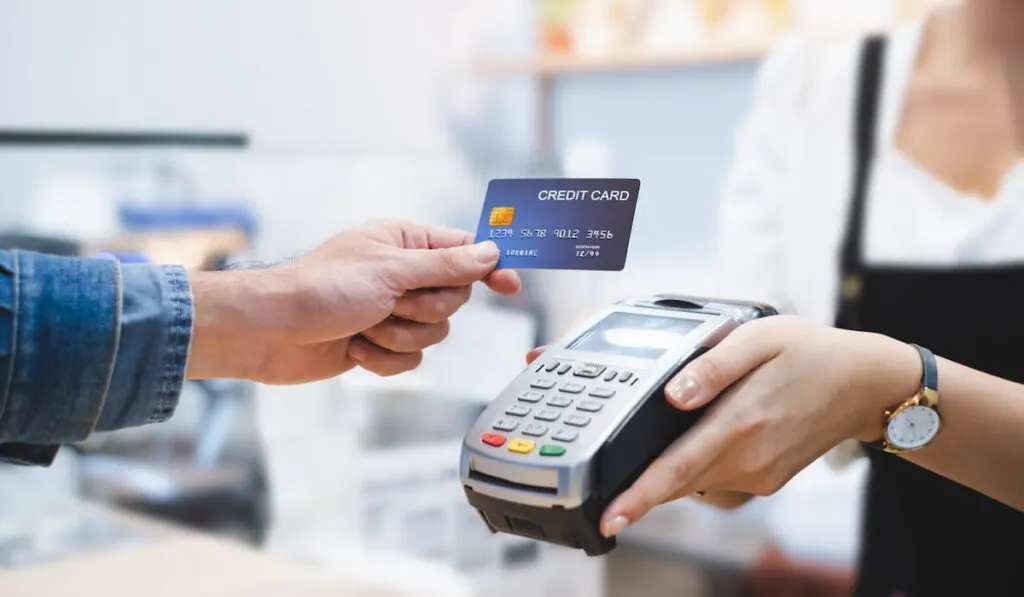
A credit card is a physical payment method you get from a financial institution such as a bank.
The card comes with a certain amount of money given to the user on credit. This means the money will be paid back by you at a later date.
The 2 most common debit card issuers are VISA and MasterCard. When you are issued a credit card, there is a credit limit on that card.
The credit limit is the maximum you can spend. Credit cards come with an agreement to pay the credit back with interest.
Credit cards are a common means of paying for goods and services both online and physically. When paying physically, the payee collects your credit card and uses it on a POS. Then you complete the transaction by entering your PIN or giving your signature.
When making online payments, you enter the requested card details on the payment page, then follow the prompts to complete your payment.
Transactions with a credit card are usually completed using a PIN, a signature, or similar codes.
Debit Cards

Debit cards are used in almost the same way as credit cards. They are used to complete online transactions. The common debit cards issued are also VISA and MasterCard.
The difference between a credit card and a debit card is that the money spent is debited directly from the account of the cardholder.
Sometimes, it may take 24-72 hours for the transactions to be completed. But this method remains a worthy alternative to carrying huge sums of cash around.
Money Orders
Money orders are a rare form of payment issued by banks or governments. Money orders are a bit like checks since the payer controls the payment. However, unlike checks, they do not have to be cashed at the issuer’s establishment.
Money orders are commonly used by people who do not have a standard checking account. This form of payment has been in existence since 1882 when American Express first began issuing them.
To use a money order, the payer buys one from the issuer, fills it accordingly, and then hands it to the payee. The payee then cashes it at any suitable institution.
In most cases, money orders have a $1000 maximum limit. If one intends to make a payment that exceeds that amount, they will have to purchase multiple money orders.
Contactless
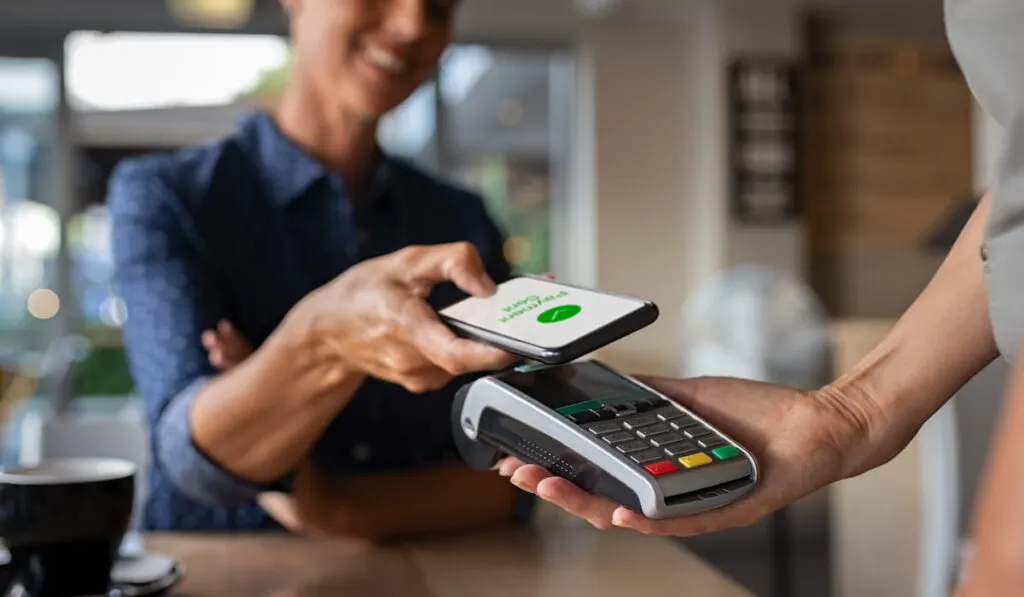
Contactless payments are becoming popular because of how quick and easy they are. Contactless payments can be completed with a credit or debit card or by using a mobile phone.
All a payer does is tap their card or phone on the card machine, and the payment is completed. The payments are facilitated using near field technology.
The only problem with this method is the ease with which theft can be pulled off with someone else’s card. For this reason, a limit is usually placed on contactless payments.
Bill Pay Through the Bank
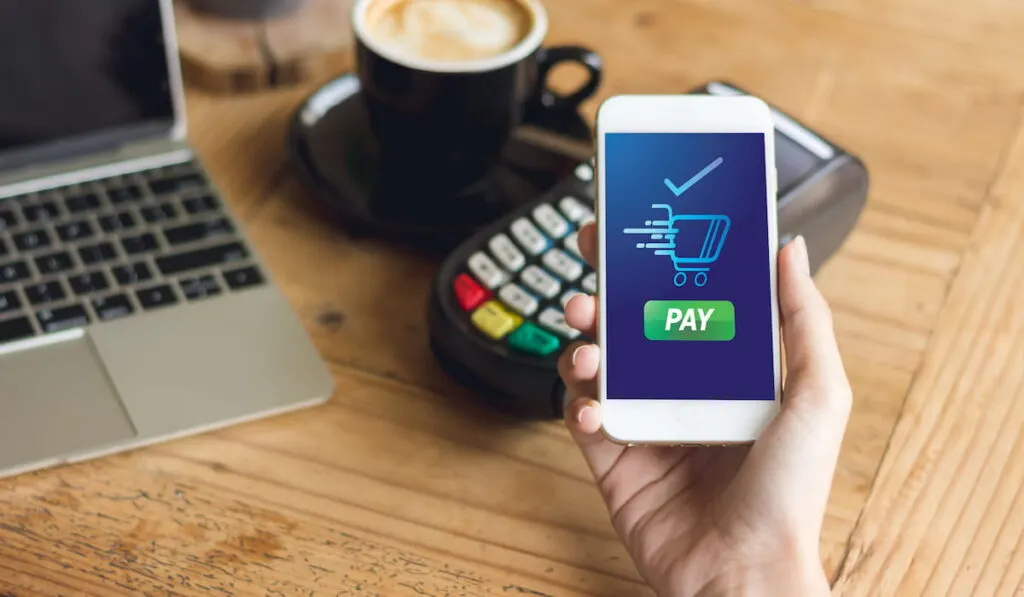
This is a service that allows you to make payments for your bills online through the bank. All you do is give information about the recipient to the bank. It could be a bank or a business, and the bank sends the money to the recipient.
The bank can issue an electronic payment or a paper check using funds drawn from your account within 1-5 days.
There is usually no limit to the number of bills paid using this method.
Mobile Applications
Certain smartphone applications offer alternative mobile payment methods. Of such applications are Apple Pay and Google Pay.
These applications allow you to make payments from the comfort of your phone as long as you have the application downloaded.
Once you add your credit or debit card details to your phone wallet, you can start paying for purchases online or physically in just one click.
With this method, a payer is not limited because there are extra security features involved.
Apple Pay, for instance, requires biometric verification (fingerprint). Google Pay, on the other hand, uses a cryptogram as a OTP (one-time-password).
Reward Points
To encourage card usage, card companies introduced reward points. These points are a type of incentive earned by making purchases.
Points can be earned through bonus promotions or by making specific purchases.
These points can be used to redeem gift items, make select purchases, and can even be used for paying fees.
Gift Cards
Gift cards are like a prepaid debit card. They contain a specific amount of money that can be used for a variety of purchases.
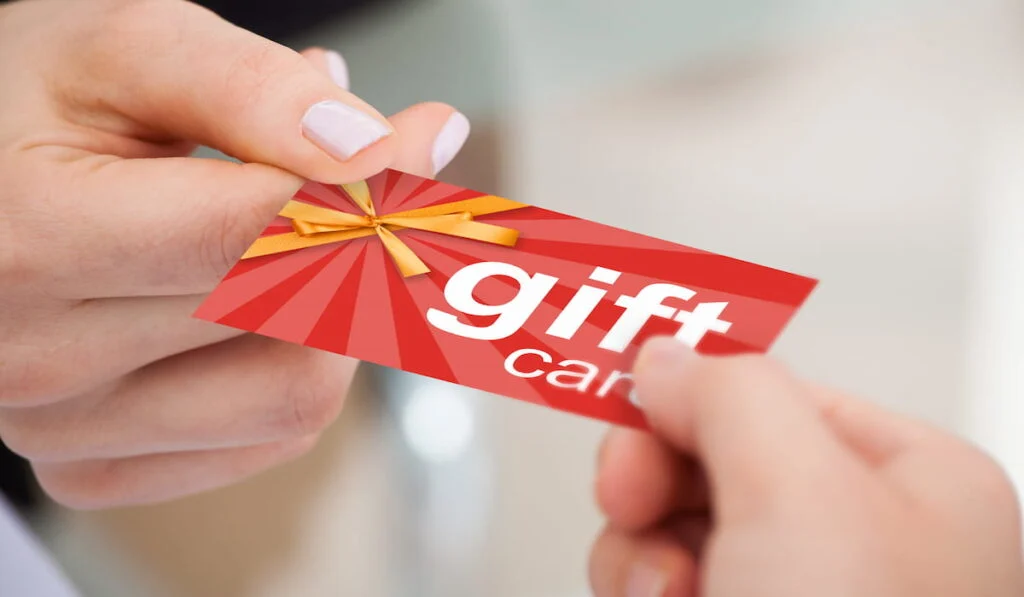
Gift cards are usually issued by a retailer or a bank as an alternative to cash for making purchases within a store or related businesses.
You can use a gift card to pay for a portion of your purchase while you pay the remaining balance with another form of payment.
Gift cards always have a minimum and maximum initial loading amount. Once the cash value on the card is utilized, the card is emptied, and no further payments can be made.
You cannot spend more than the value on the card. There is no credit check done on your account when processing payments against this card.
Bitcoin
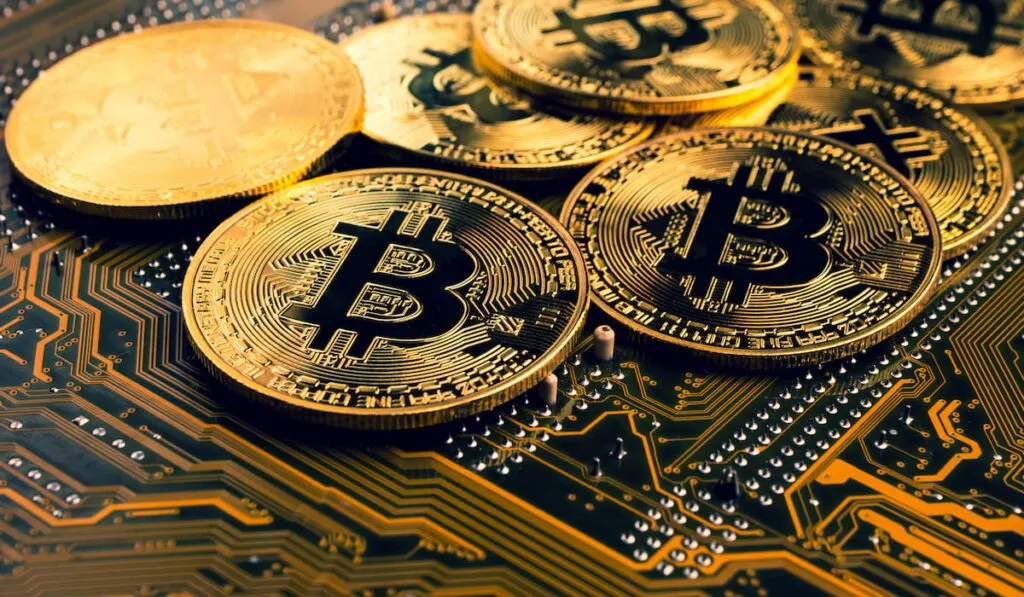
Bitcoin and other cryptocurrencies have grown in popularity over the years. Bitcoin is a digital asset – a collection of nodes – that is used as a medium of exchange.
Transactions with bitcoin are completed using cryptography. The users have a public key and a private key.
The public key is the address to which payment is made, while the private key is used to authorize transactions. It goes without saying that the private key must be kept a secret.
When making payments with bitcoins, the payer transfers a certain amount of bitcoin equal to the cost of the transaction to the payee.
By authorizing a transaction, the payer digitally signs the public key of the payee thus, transferring bitcoins to the payee.
Internet Banking
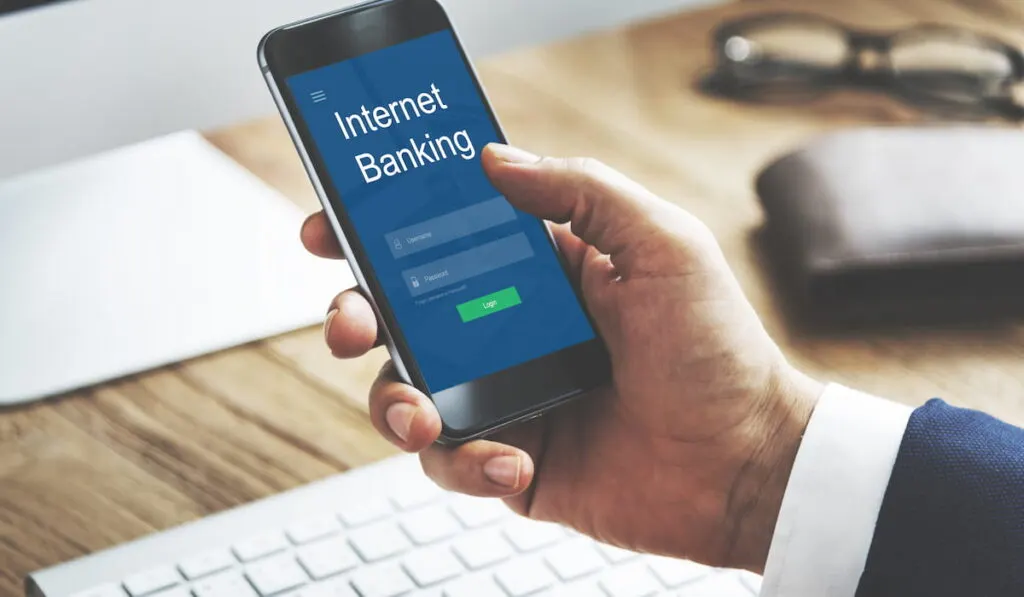
Internet banking or online banking is used to make payments virtually. Before you can use this payment platform, you have to register with the bank first.
Once the registration is complete, you can then make payments by transferring money directly from your account to the payee account. When using online banking, you can set up direct debits, standing orders, and one-off payments.
Email Payment

This is a simple and straightforward way for you to pay for goods online. It involves the payee sending a custom link to the payer.
When the payer receives the link, they open it and are directed to a secure payment page. On that page, the payer follows the prompts and completes the transaction.
Payment by email supports all major credit and debit cards. It also reduces the stress of paying for goods or invoices physically.
When using this payment method, ensure your email address is professional. Otherwise people will be reluctant to give you their details.
E-wallets
As you may have guessed from the name, an e-wallet is basically an electronic wallet. It is a virtual space that stores your personal data and funds – just like you keep your I.Ds and cash in a physical wallet.
To use an e-wallet, you have to register with your information then link the wallet to your debit/credit card or bank account. Once this is done, you may start making online payments.
E-wallets come in various forms. They could come as a mobile application, as mentioned earlier in this article. They could also come as a device, a software program, or an online service (e-wallet website).
Besides using your e-wallet for online payments, you can also use it at physical payment terminals through a supported phone or device. To do this, you have to tap your phone/device on the NFC terminal. Once you do this, the funds will be transferred to the receiver from your wallet.
Resources
- https://blog.paymentwall.com/guides/types-of-payment-methods-for-ecommerce
- https://www.takepayments.com/blog/product-information/different-payment-methods/
- https://knowledgecenter.zuora.com/Billing/Billing_and_Payments/L_Payment_Methods/Payment_Method_Types
- https://thethrivingsmallbusiness.com/customer-payment-processing-options/
- https://www.investopedia.com/terms/g/gift-card.asp
- https://www.thebalance.com/how-do-i-set-up-online-bill-pay-315159
- https://www.investopedia.com/terms/m/money-order.asp
- https://www.investopedia.com/terms/b/bitcoin.asp

